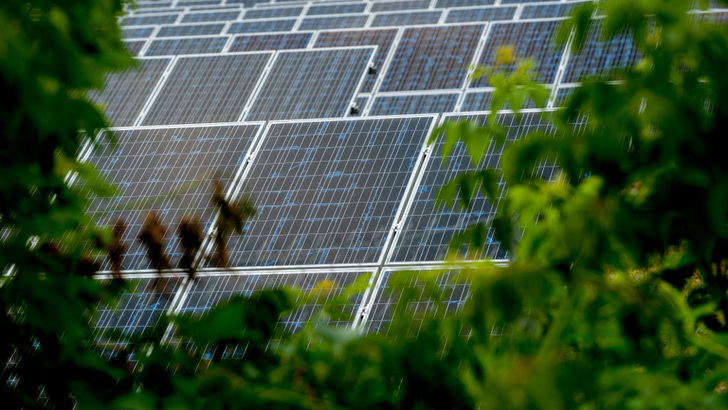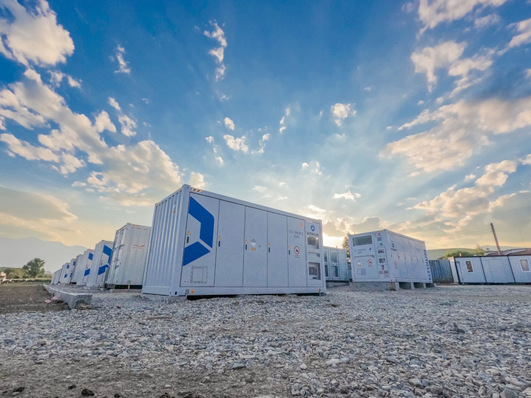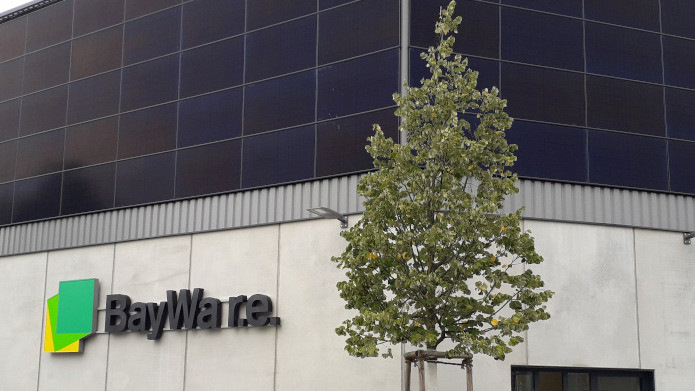The costs for the entire electricity system will remain stable only with a consistent turn to the decentralized supply of renewable energies. This is the result of a study commissioned by Agora Energiewende by the Ökoinstitut. The entire electricity system - including all plants - will cost 63 billion euros in 2050 the study says. This is about as much as the Germans are currently paying for their electricity system. To achieve this, however, the expansion of green power plants must be continued steadily and the fossil production plants must be gradually switched off. The costs remain stable only if at least 95 percent of the electricity is produced by the sun, wind, water or bioenergy carriers in 2050.
Twelve different scenarios investigated
If, on the other hand, the expansion of green electricity supply is expensive, it can become expensive. The experts from the Ökoinstitut have developed twelve different scenarios and compared the respective costs with those for a renewable energy system. The variations are based on low or high fuel costs, low, medium and high prices for CO2 certificates. "We do not know how the prices of coal, gas and CO2 emissions will develop in the coming decades. However, we know that a fossil electricity system is more expensive than a renewable energy system in scenarios that are quite likely to happen, "says Patrick Graichen, Director of Agora Energiewende, summarizing the results. "The energy demand is necessary on the one hand for climate protection, on the other hand, and at the same time acts as an insurance against the risk of high fuel or CO2 prices."
Fuel and certificate costs
The scenarios that are likely to occur are based on rising fuel costs and high prices for greenhouse gas emissions certificates. Citizens will have to pay 75 to 88 billion EUR a year for their electricity system if the cost of coal and gas as fuel increases and the prices for CO2 certificates rise to 103 EUR. However, it could also be cheaper. A carbon-based energy system costs 48 billion EUR if the fuel prices remain stable and the prices for CO2 certificates are at a low 20 EUR per ton. Already at a price for the CO2 certificate of 50 EUR per ton, the costs for the total system increase to 59 billion EUR. In the case of a natural gas-based energy system, the CO2 price has a lesser impact on the overall costs. The natural gas power plants emit less greenhouse gases than coal miners. For this reason, such a system can be particularly cheaper if gas prices continue to fall and the costs for the emission of greenhouse gases do not rise too much. However, the conditions for cheaper fossil electricity systems are so high that they will hardly occur.
Green electricity with low variable costs
It is clear therefore, that without a change of energy supply, the citizens will have to shoulder considerably higher electricity costs in the future. Even the integration of necessary storage systems of any kind - from electrochemical electricity storage to heat storage, which is filled with surplus green electricity, to storage in the form of hydrogen - will be cheaper than the continuation of the present electricity system. The costs for the additional installation of storage capacities have already been included in the calculation. In addition, climate change targets can only be achieved by converting the system to renewable energies. A third advantage: the costs for the supply of green electricity are calculable. The variable cost share is extremely low at five percent. This is quite different for fossil power plants. Depending on the generation technology, variable cost ranges between 30 and 67 percent. This makes the forecast about the costs of a fossil-based power supply system very uncertain. It may be cheaper, but probably it will be much more expensive. (SU/HCN).
Stay informed, get our weekly newsletter. Register here: http://www.pveurope.eu/Newsletter
http://www.pveurope.eu/News/Energy-Storage/STA-UK-Remove-barriers-for-energy-storage








